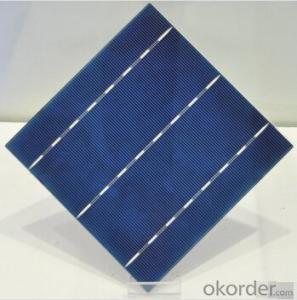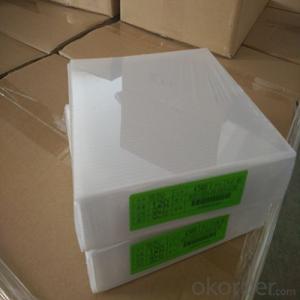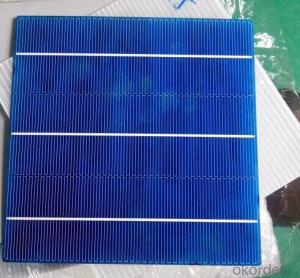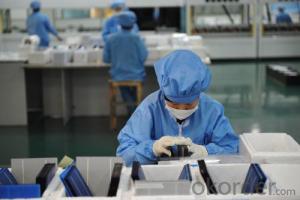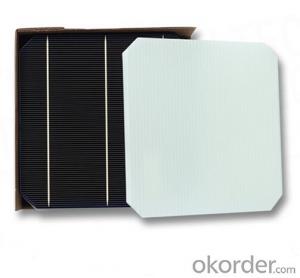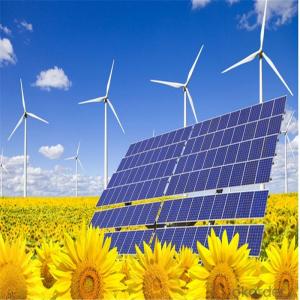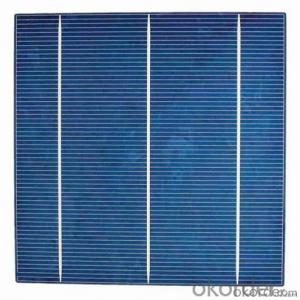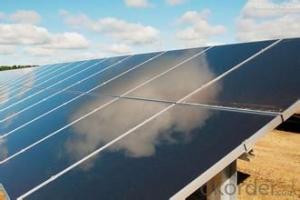Printed Organic Solar Cells
Printed Organic Solar Cells Related Searches
Except For Solar Cells Weegy Problems With Solar Cells High Power Solar Cells Light Trapping In Solar Cells High Performance Solar Cells High Output Solar Cells High Wattage Solar Cells Energy Transfer In Solar Cells High Efficiency Hvac Systems Recombination In Solar CellsHot Searches
Cheap Solar Cells For Sale Flexible Solar Cells For Sale Q Cells Solar Panels For Sale Printed Solar Cells For Sale Bulk Solar Cells For Sale 6x6 Solar Cells For Sale Broken Solar Cells For Sale Cpv Solar Cells For Sale Photoelectric Cells For Sale Price Of Silicon Solar Cells Price Of Solar Cells Over Time Buy Solar Cells From China Cheap Solar Cells China Best Type Of Solar Cells Flexible Solar Cells Price Q Cells Solar Panels Price 3 Types Of Solar Cells Production Of Solar Cells Common Types Of Solar Cells Q Cells Solar Panel PricesPrinted Organic Solar Cells Supplier & Manufacturer from China
Okorder.com is a professional Printed Organic Solar Cells supplier & manufacturer, offers integrated one-stop services including real-time quoting and online cargo tracking. We are funded by CNBM Group, a Fortune 500 enterprise and the largest Printed Organic Solar Cells firm in China.Hot Products
FAQ
- Solar cells generally perform better in high altitude locations compared to lower altitude areas. This is because higher altitudes often have less atmospheric interference, such as pollution and cloud cover, which can obstruct sunlight. Additionally, the thinner atmosphere at high altitudes allows for more direct and intense sunlight, resulting in increased solar energy generation. Overall, solar cells in high altitude locations can harness more sunlight and produce higher energy output.
- Yes, solar cells can be used on boats. In fact, they are a popular and efficient way to generate electricity on marine vessels. Solar panels can be mounted on the deck or roof of a boat to harness sunlight and convert it into usable energy, powering various devices and systems onboard. This renewable energy source is environmentally friendly, reduces reliance on fuel-powered generators, and provides a sustainable solution for boats to generate electricity while out on the water.
- Yes, solar cells can definitely be used in theme parks or amusement parks. Solar cells can be installed on rooftops, parking lots, and other open spaces within these parks to generate clean and renewable energy. This energy can be utilized to power rides, lighting systems, water features, and other facilities within the park, reducing reliance on traditional power sources and lowering carbon emissions. Moreover, solar panels can also serve as educational tools, allowing park visitors to learn about renewable energy and sustainability.
- The role of fuses in solar cell systems is to protect the system from overcurrent conditions. Fuses are designed to break the electrical circuit when excessive current is detected, preventing damage to the solar cells, wiring, and other components. By acting as a safety measure, fuses help maintain the overall integrity and performance of the solar cell system.
- Solar cells have a significant impact on reducing dependence on foreign energy sources as they harness the abundant and renewable energy from the sun. By generating electricity locally, solar cells help to decrease reliance on imported fossil fuels, ultimately enhancing energy security and reducing the economic and political influence of foreign energy suppliers.
- Solar cells may experience degradation in regions with high levels of salt spray and corrosive environments. The salt particles and corrosive elements can cause the deterioration of the cell's components, such as the protective coatings and metal contacts. This can result in reduced efficiency and lifespan of the solar cells. However, advancements in materials and designs have been made to improve their resistance to corrosion, allowing solar cells to perform relatively well in such challenging environments.
- Yes, solar cells can be used for powering telecommunications towers. Solar panels can generate electricity by converting sunlight into usable energy, which can then be used to power various devices and infrastructure, including telecommunications towers. This renewable energy source provides a sustainable and environmentally friendly solution for powering such towers, especially in remote or off-grid areas.
- Yes, solar cells can be used to power e-bikes. Solar panels can be installed on the e-bike to convert sunlight into electricity, which can then be used to charge the e-bike's battery. This allows for a sustainable and renewable source of energy to power the e-bike, reducing reliance on traditional electricity sources.


















